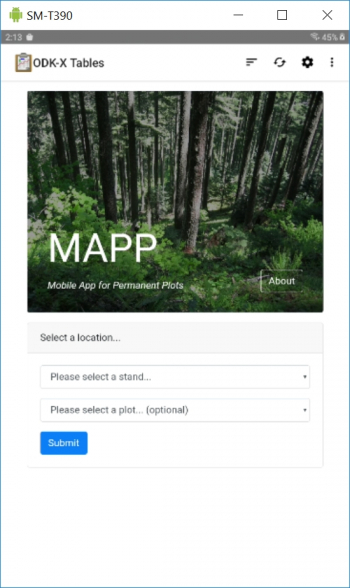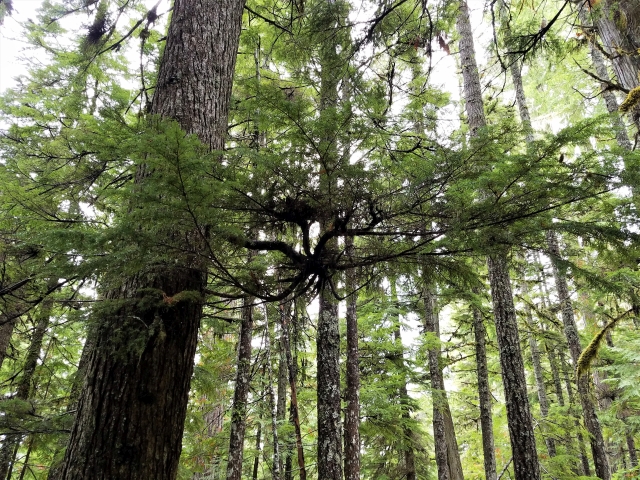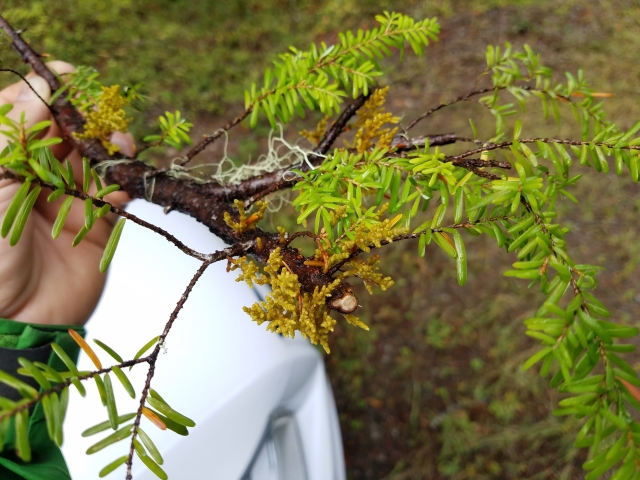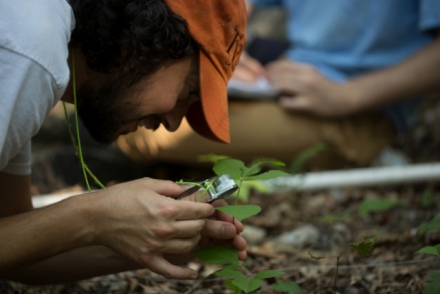Mobile App for Permanent Plots (MAPP)
Thanks to two students in Computer Science at Oregon State, PNW-PSP has a new mobile application for data collection. We call it MAPP – the Mobile App for Permanent Plots. During the 2019-2020 school year, Joey Landreville and Sergei Poliakov developed the app as part of their year-long senior capstone class, working under the direction of Rob Pabst. The capstone class is designed to give students real-world experience working as developers for a client on a specific project. Joey and Sergei developed the app using Open Data Kit (ODK-X), a free and open-source software system. ODK-X has built-in tools for data collection, however customizing those tools for the permanent plot program required detailed programming in JavaScript, css and html.

The interface for MAPP mimics the paper forms that field crews have used in the past, and comes with the bonus of drop-down menus, real-time data validations, and data synchronization with a PostgreSQL database. Together, these features will facilitate efficient data collection in the field, reduce data recording errors and data processing time, and provide significant cost savings compared to proprietary software. MAPP is deployed on semi-rugged Android tablets and is performing flawlessly during the 2021 field season. We are extremely grateful to Sergei and Joey for delivering a great product, to the OSU Department of Electrical Engineering and Computer Science for accepting our proposal as a capstone project, and to the developers of Open Data Kit – a remarkable resource being used worldwide.


